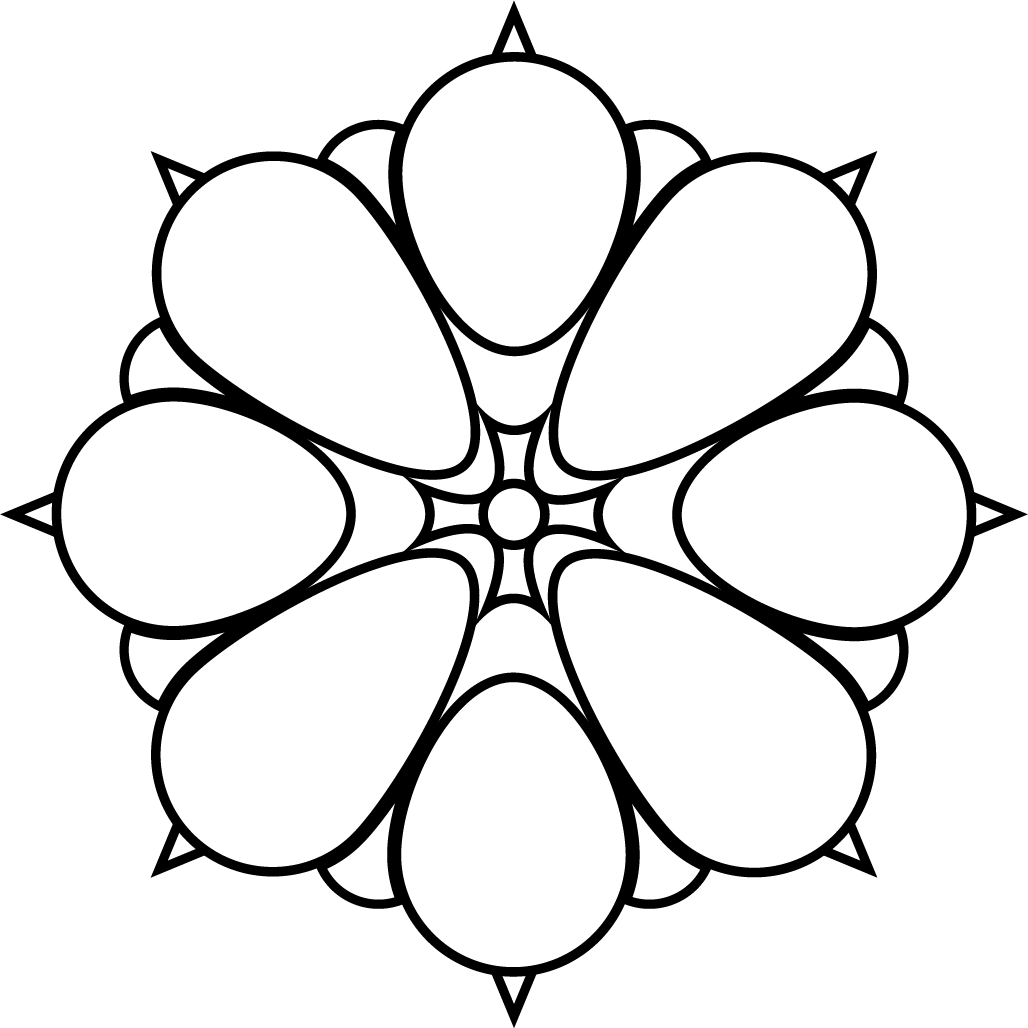The Trichocereus cactus holds a special place in the cultural and spiritual history of South America, particularly in the Andean regions. For thousands of years, this cactus has been revered not only for its practical uses but also for its symbolic and medicinal importance. From religious ceremonies to its depiction in ancient art, the Trichocereus has been woven into the fabric of pre-Columbian societies and continues to be a symbol of connection between nature, spirituality, and healing.
Origins of Trichocereus in Andean Cultures
The use of Trichocereus Pachanoi (San Pedro cactus) can be traced back over 3,000 years, making it a deeply significant plant for ancient Andean civilizations such as the Nazca, Moche, and Inca. Archaeological evidence, including stone carvings and pottery, shows that the Trichocereus cactus was central to shamanic rituals. These civilizations considered the cactus sacred for its psychoactive properties—specifically mescaline, an alkaloid that induces altered states of consciousness.
During ceremonies, shamans used San Pedro to communicate with the spiritual realm, believing that the cactus opened doors to higher knowledge and healing. Its hallucinogenic properties enabled them to see visions, diagnose illnesses, and connect with nature's spiritual forces. The cactus was not just a medicinal tool; it was considered a plant teacher, guiding individuals toward personal and communal balance.
Trichocereus in Andean Spirituality and Shamanism
The cultural and spiritual importance of the Trichocereus remains relevant today. For centuries, the cactus has been used in shamanic practices, particularly in Huachuma ceremonies—an ancient form of healing and spiritual awakening where participants drink a brew made from the cactus. Shamans or curanderos believe that the spirit of San Pedro helps participants to gain insights into their personal challenges, guiding them through self-discovery and healing.
- Huachuma Ceremonies: These rituals typically take place in nature, where the shaman leads participants into a meditative state after consuming the cactus. The visions that follow are believed to provide guidance from the spiritual world, allowing for emotional, mental, and physical healing.
Many people today, both locals and international spiritual seekers, continue to attend San Pedro ceremonies for personal healing, spiritual growth, and deeper understanding of the interconnectedness between humans and nature. The Trichocereus is viewed not only as a psychoactive plant but as a means of achieving spiritual clarity and emotional balance.
Trichocereus in Pre-Columbian Art and Culture
The importance of Trichocereus in ancient South American cultures is evident in the art and architecture left behind by civilizations like the Chavín. In Chavín de Huántar, a prominent archaeological site in Peru, depictions of Trichocereus can be found in stone carvings, showing its significance in religious and ceremonial contexts.
- Chavín Civilization: Carvings and sculptures show figures holding or being associated with the San Pedro cactus, further emphasizing its role as a sacred plant used in rituals to access higher consciousness. The fact that the cactus was etched into these temples and religious sites signifies its importance in the cosmological views of these cultures.
These ancient depictions highlight how Trichocereus was not only a functional plant but a spiritual symbol, representing transformation and communication with the divine.
Modern Use of Trichocereus and its Legacy
Even today, the Trichocereus continues to hold spiritual importance in the Andean regions. Its use in shamanism has spread worldwide, with spiritual seekers attending San Pedro retreats in South America and beyond. Moreover, modern-day practitioners of holistic healing and entheogenic therapies use Trichocereus in controlled settings to facilitate mental clarity, healing from trauma, and emotional release.
- Entheogenic Therapy: With the growing interest in psychedelic-assisted therapy, the psychoactive properties of Trichocereus are being re-examined by the global community for their potential therapeutic benefits, especially in the treatment of mental health disorders such as PTSD, depression, and anxiety.
Conclusion
The Trichocereus cactus is far more than a simple plant; it is a cultural icon, spiritual teacher, and tool for healing. Its role in South American history underscores the deep connection between the people of the Andes and their natural environment. The use of Trichocereus in rituals and healing practices continues to resonate today, bridging ancient traditions with modern spirituality. Whether as a symbol of transformation, a subject of pre-Columbian art, or a tool for spiritual healing, Trichocereus remains a significant cultural treasure in South America and beyond.



